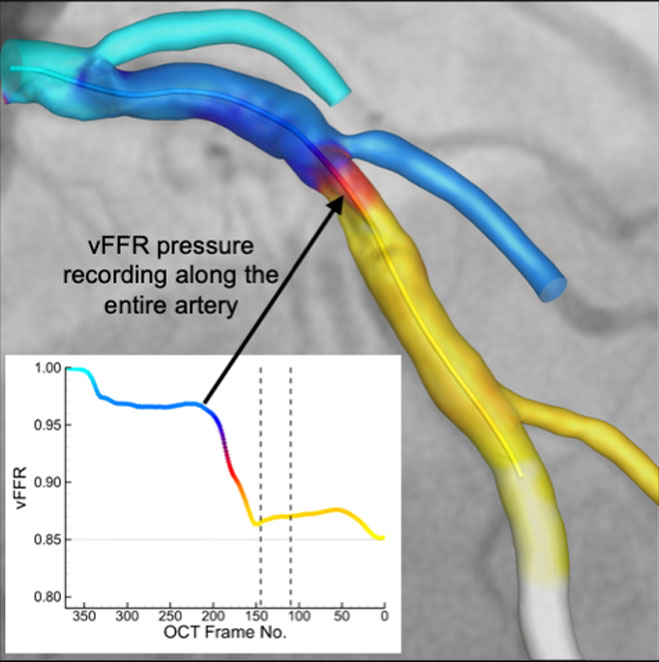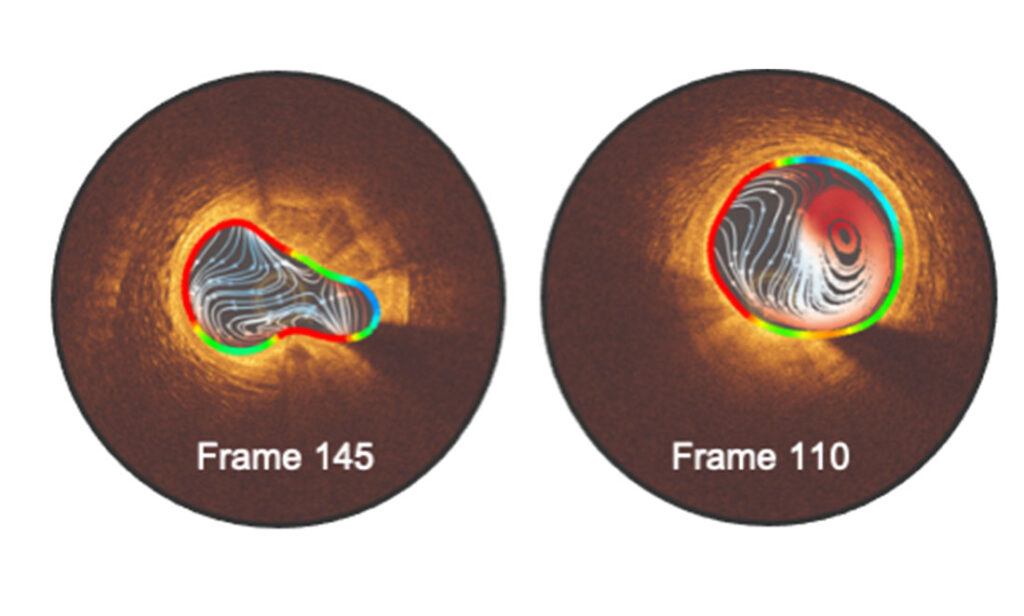Cardiovascular disease (aka heart disease) kills one Australian every 28 minutes.
Drugs and surgery are the conventional method of treatment for heart disease. To further increase the effectiveness of surgery, researchers in Australia and New Zealand have started using artery computer models.
The tell-tale heart
A team of five researchers from the University of Melbourne are building 3D computer models of diseased arteries to get a complete picture of blood flow restrictions and pressure within the heart.
“We take images from … clinical practice and construct a 3D model of blood flow. Coronary arteries are responsible for many diseases. With this model, we identify flow disturbances that could be a sign of disease,” says Dr Eric Poon, a software engineer working on the project.
The method has already been proven to work, but there’s a catch. Due to the complexity of information, the 3D model can currently only be processed by a supercomputer. But clinical cardiologists often need to make decisions within minutes, not days.
So the team’s next big challenge is to simplify the software processing so that it can be used in clinical settings like cath labs – where cardiologists diagnose heart problems.
Do it for the clot
Within the artery mapping project team is Dr Shuang Zu who’s modelling how platelets move around the arteries.
Platelets are blood cells that make clots to stop bleeding – a very useful bodily function that can cause problems after surgery.
“If a patient has coronary artery disease, the most common procedure is to insert a stent – a ring that expands the artery,” says Shuang.
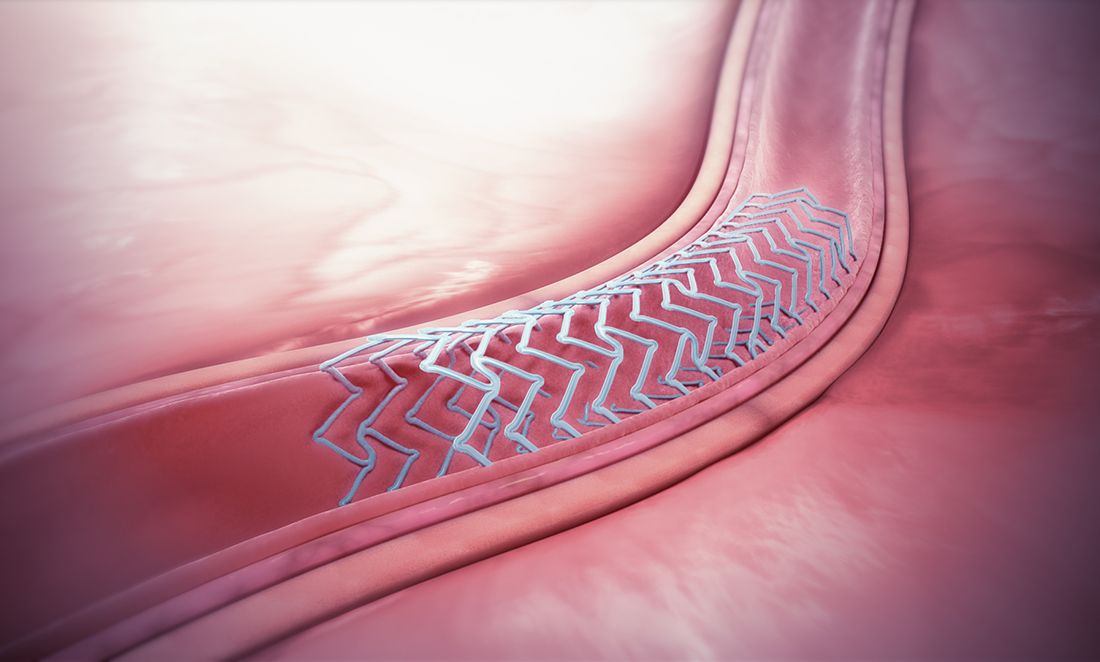
Once inserted into the artery, a stent changes the blood flow dynamics within the artery. Like eddies in a river, stents can create micro-circulations and activate the platelets to cause thrombosis.
Arterial thrombosis is a blood clot inside the artery, which can lead to a heart attack in severe cases.
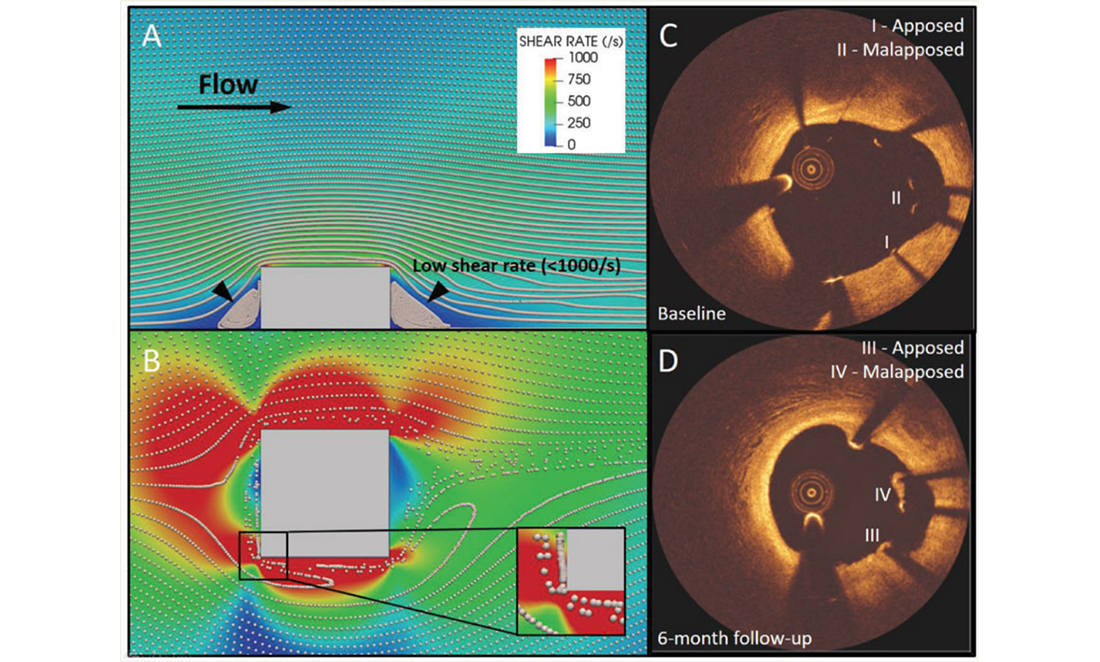
By modelling the movement of the platelets, Shuang hopes to discover why they activate when blood circulation changes. The answer could lead to new stent designs that lower the risk of arterial thrombosis.
A stitch in time
Over in New Zealand, Dr Krish Chaudhuri is building a model to help surgeons perform heart grafts.
In heart grafts, surgeons bypass a blockage by taking a large vein from the patient and sewing it to an artery.
Heart grafts are a common but serious operation. Sometimes, surgical teams can have conflicting opinions on how many grafts to place and where. Krish’s computer model can help by searching for the best option.
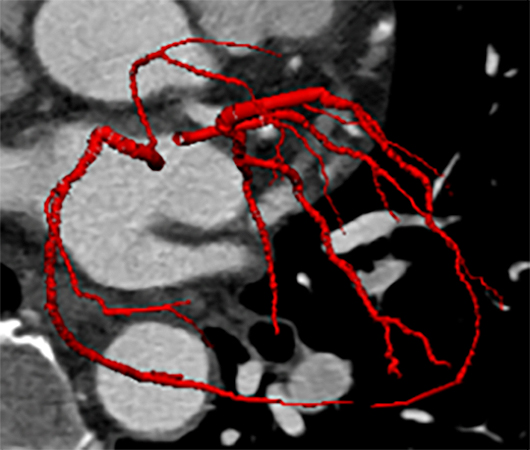
“I plug a strategy into the model to predict flows. Then I do a comparison to find optimal flows. I take this back to the surgeon to see if that changes their practice,” says Krish.
“I plug a strategy into the model to predict flows. Then I do a comparison to find optimal flows. I take this back to the surgeon to see if that changes their practice,” says Krish.
While Krish, Eric and Shuang work on different models, all three are making powerful new tools for surgeons to diagnose and treat heart disease.







